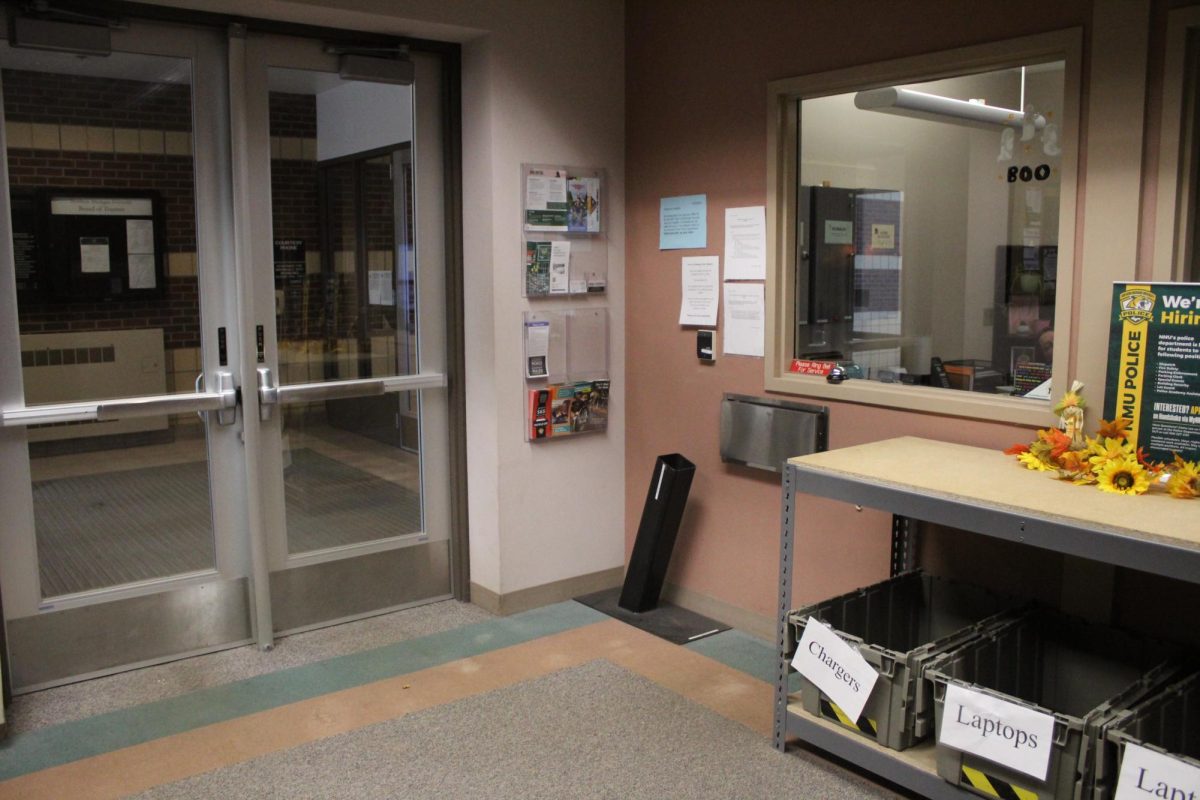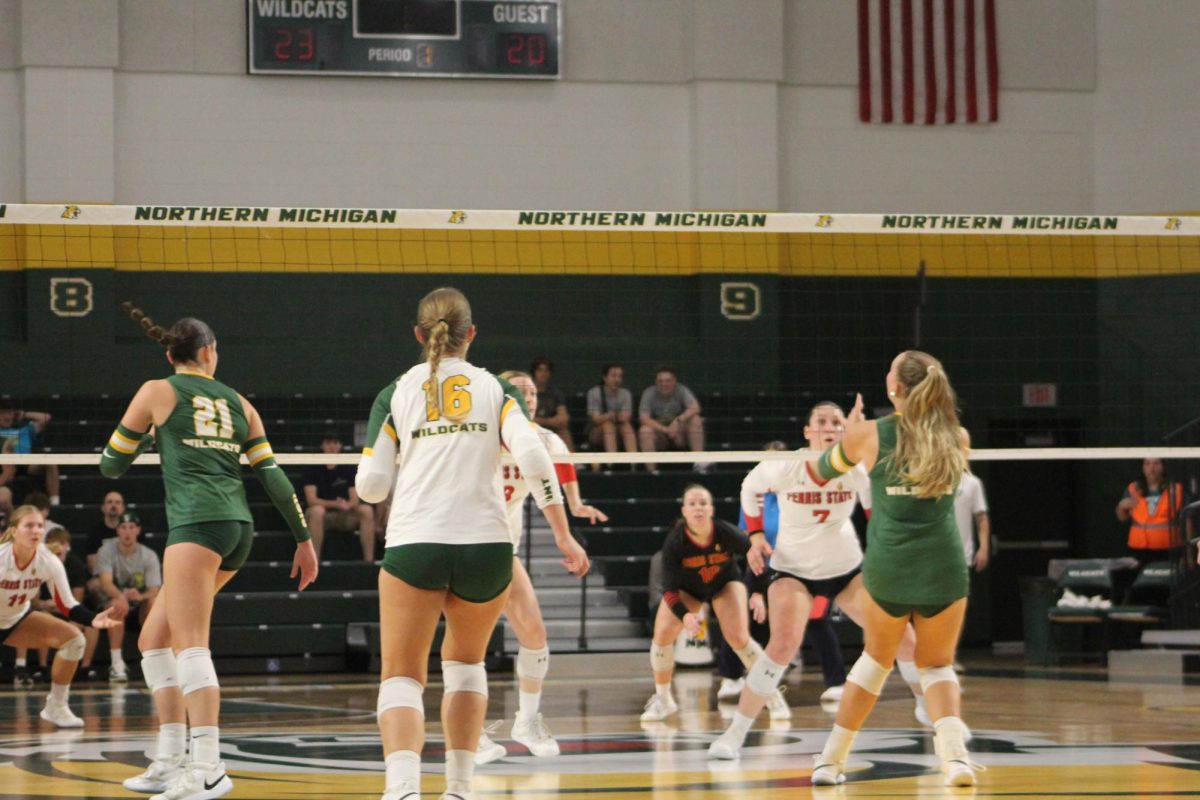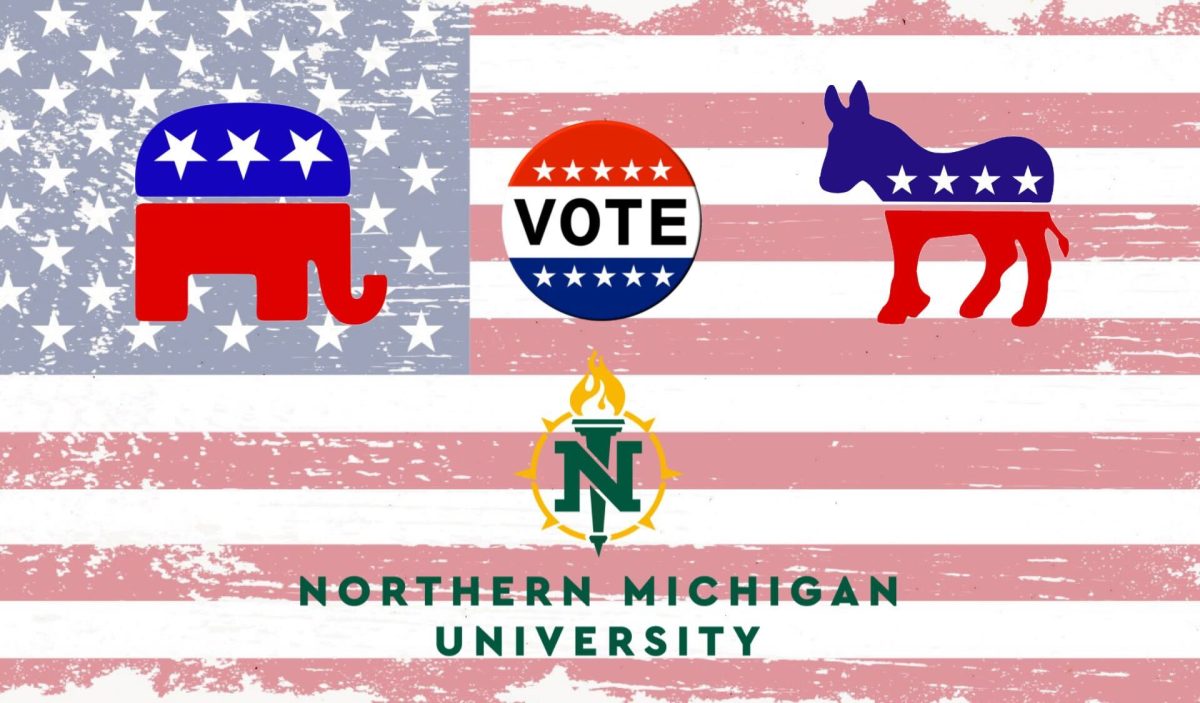The U.S. is the wealthiest country in the world, yet it doesn’t provide universal health care or higher education. This is simply not acceptable. Education is a human right. Like health care, someone shouldn’t be denied access simply because they’re not able to afford it.
Student loan debt in the U.S. has just surpassed the absurd amount of consumer credit card debt, with student loan debt recently reaching over $850 billion. The student loan business in America has become just like the credit card business: it is a relationship based on exploitation.
Before the Patient Protection and Affordable Care Act signed by President Barack Obama, the student loan business was ugly for students, to put it kindly. Most student loans used to originate with a company like Sallie Mae. Sallie Mae would give out loans to students and Uncle Sam guaranteed these loans fully, meaning that if students defaulted, Sallie Mae would still get paid.
If a student defaulted on their loan, the federal government paid Sallie Mae what was owed on the loan and then sent the General Revenue Corporation to collect the payments students owed. The GRC added a 25 percent collection fee onto the student’s loan and the GRC also got a 28 percent commission on what the student paid back on their loan.
There are two problems here. First, this system makes it impossible for students to pay back loans if they fall behind. Second, GRC is owned by Sallie Mae. Why was the government privatizing student loans and sending a corporation owned by Sallie Mae to collect the payments instead of the government doing both directly?
It’s an example of how the government gives special favors and relationships to big corporations.
The Patient Protection and Affordable Care Act stopped the government from backing up Sallie Mae’s student loans. Instead the government gives them directly to the student, which should’ve been done long ago.
This legislation does not go far enough, though. Most countries in Europe provide university-level education tuition-free. Denmark spends 8.5 percent of its Gross Domestic Product (GDP) on education. Denmark give students free education. In America, this is not the case. The U.S. spends 5.7 percent of GDP on education, but students are still being crushed with debt, and many never even have the chance to go to college.
In the U.S., the federal government finances part of student college expenses if students demonstrate financial need. Even with government help, many still have to take out private student loans, which can end up being expensive. In Europe, the government finances all of student tuition, therefore containing education costs by eliminating private student loans.
Last year, I had financial difficulty paying for college. I have a 3.71 GPA and I have a federal work study job. I almost had to drop out of college last year, even though I was poor and getting grants and scholarships. I was still $6,000 short, with my parents not able to afford the rest of my expenses. I was on the edge of either continuing my pursuit for a law degree or working at my old job back at McDonald’s making minimum wage.
My grandparents stepped in though. They loaned me the money for college, allowing for me to continue my college dreams. Not everyone is as lucky as I am. What would’ve happened if they couldn’t have helped me? I would be flipping burgers instead of writing this column.
Spending 8.5 percent of GDP like Denmark does, instead of 5.7 percent GDP, to provide every American citizen with a tuition-free university education is simply the correct thing to do. Our country has a moral obligation to help its citizens.























